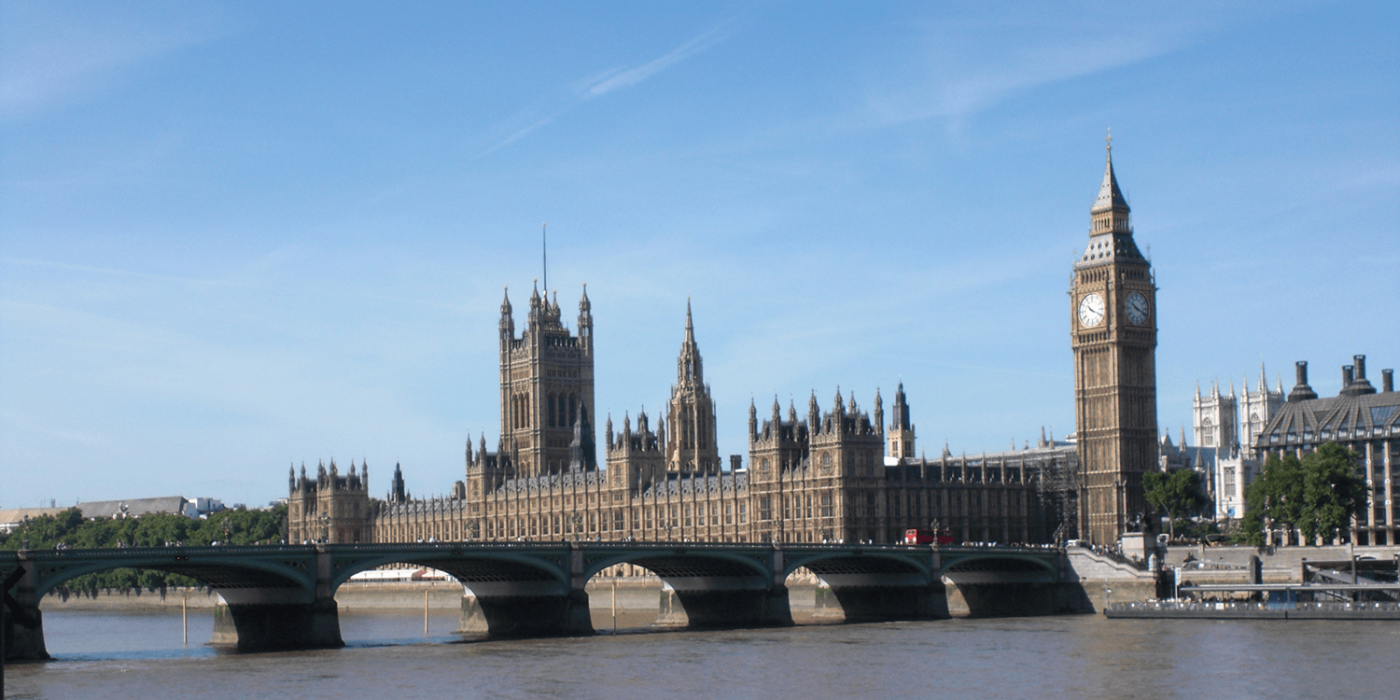London ULEZ to expand to cover area 18x larger than before
London’s Ultra-Low Emission Zone (ULEZ) will be expanded up to the North and South Circular boundary in 2021, London Mayor Sadiq Khan confirmed today. The new ULEZ will cover an area 18 times larger than the ULEZ in Central London.
The expansion will affect large numbers of polluting vehicles. Estimates speak of 100,000 cars, 35,000 vans and 3,000 lorries that will have to comply with tighter emission standards or else pay a fee on top of the existing congestion charge.
For citizens, the mayoral office says 100,000 residents will no longer be living in areas exceeding legal air quality limits once the ULEZ comes into effect in October 2021.
The expanded zone will be managed in the same way as the central London ULEZ. The latter is being delivered in April 2019, 17 months earlier than planned. Cameras will enable the city government to charge drivers on top of the congestion charge that is already in place. The ULEZ will apply 24/7 and all year long.
Drivers within the expanded zone using gas guzzlers will pay a daily ULEZ charge of 12.50 pounds. The charge applies even to motorbikes that do not meet Euro 3 standards. Petrol cars and vans must meet Euro 4 standards at least while diesel cars and vans that do not meet Euro 6 standards must pay for entering the zone.
Moreover, while London’s fringes are to get a little cleaner, the centre of the capital considers to go zero emission from 2020. A call has been made by business and boroughs to move the planned Zero Emission Zone (ZEZ) from 2025 to 2020 (we reported). These are areas of the British capital were no fossil fuel powered vehicles may enter.
In anticipation, car free days are being considered and could be introduced in certain boroughs before the year’s end with the potential for city-wide car-free days in 2019. East London already decided to introduce similar zones across certain streets during rush hour this year reportedly.
The ZEZ and ULEZ form part of London Environment Plan that reaches ahead to 2050. The aim is for the former “Big Smoke” to turn into a zero-carbon city eventually.


0 Comments